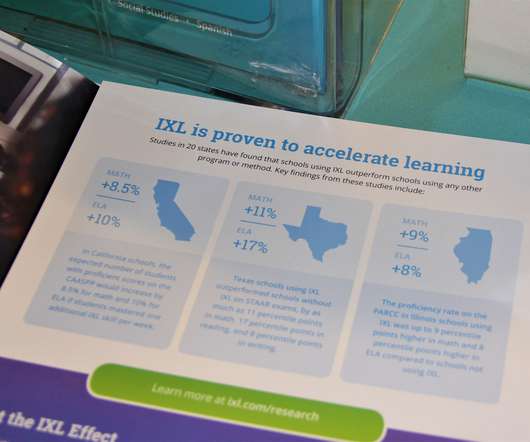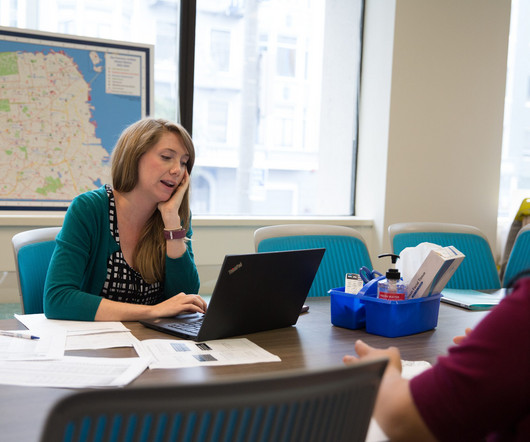$1B in E-rate funding left on the table
Education Superhighway
FEBRUARY 19, 2019
As the largest education technology program in the country, the Schools and Libraries program (E-rate) has transformed Internet access in our nation’s schools. In 2014, AASA played a lead role in modernizing the E-rate program, advocating for key changes such as: A policy update to make the program broadband-centric; and.


































Let's personalize your content